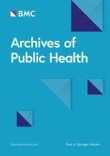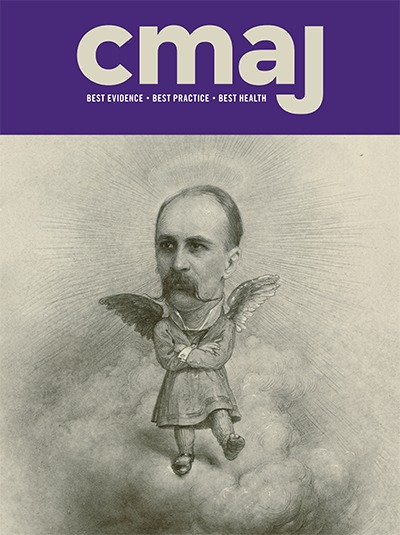
Perimenopausal syndrome (PMS) has a high incidence rate and affects the physical and mental health of middle-aged and elderly women. The blockage of PMS is significant in improving the health of perimenopausal women. Currently, for PMS prevention and treatment, traditional Chinese medicine (TCM) has become an ideal choice because of its safety and effectiveness. This study aimed to explore the anti-PMS effects of Ziyin Bushen Decoction (DKTP) and the underlying mechanism. Thirty female Wistar rats were divided into 5 groups (n = 6): control group, low-dose DKTP group, medium-dose DKTP group, high-dose DKTP group, and nilestriol group. The estradiol (E2) level in rat peripheral blood was analyzed using an E2 Radioimmunoassay Kit, and uterine morphologic changes were examined by hematoxylin-eosin stainin g. Learning and memory ability of rats was assessed by Morris water maze (MWM) and novel object recognition (NOR) task. E2 synthesis, metabolism, and transport associated estrogen receptor-alpha (ERα), GnRHR, CYP17, CYP11A1, CYP19, 17βHSD, STS, and SHGB were assessed to explore the E2-promoting mechanism of DKTP during PMS treatment. The loss of learning and memory, the decreased estrous and uterine coefficient, and the presence of histopathological changes suggests a successful establishment of rat PMS model. Following DKTP or nilestriol treatment, the above results were reversed. E2 level in serum, uterine, and ovarian tissues was upregulated upon different concentrations of DKTP treatment, indicating that DKTP promotes the E2 level in a dose-dependent manner. DKTP also increased the expression of ERα, CYP17, CYP11A1, CYP19, 17βHSD, STS, and SHGB while decreased the GnRHR expression in uterine and ovarian tissues, revealing that these key molecules involved in estrogen synthes is, metabolism, and transport in PMS rats. We confirmed the anti-PMS effect of DKTP through enhancing E2 production. Exploring a novel drug based on improving E2 synthesis, metabolism, and transport may represent a novel strategy for PMS prevention and treatment.




